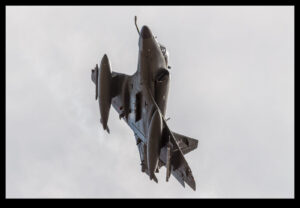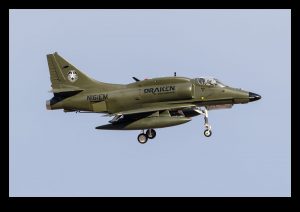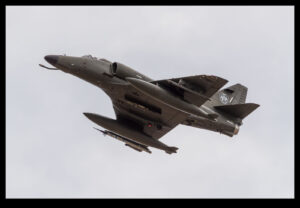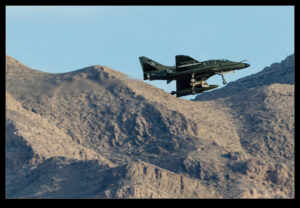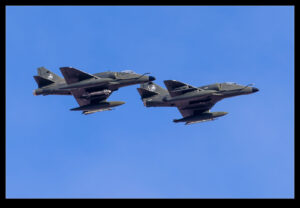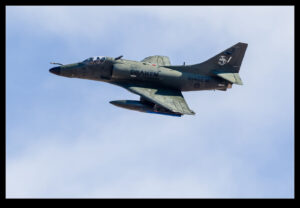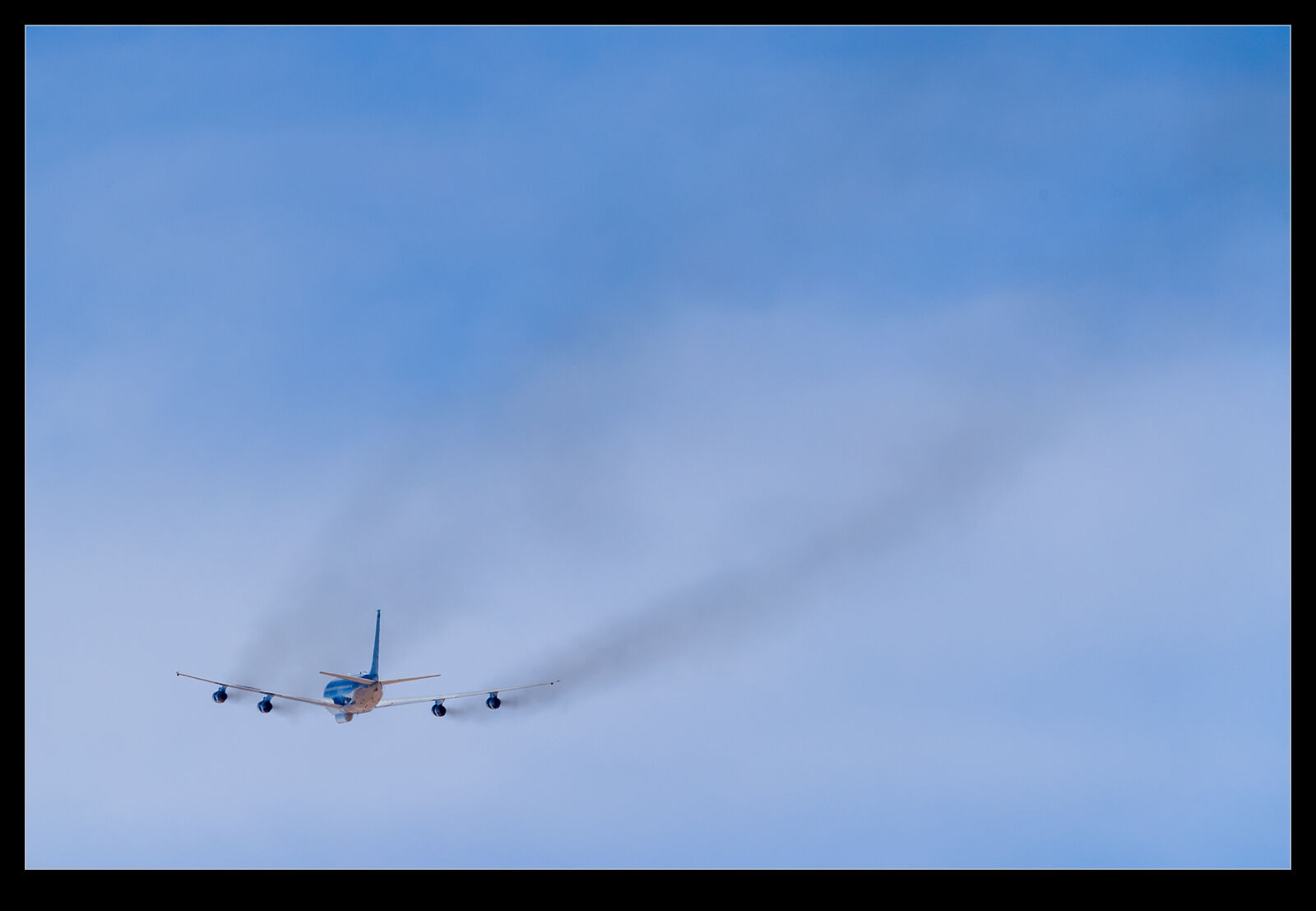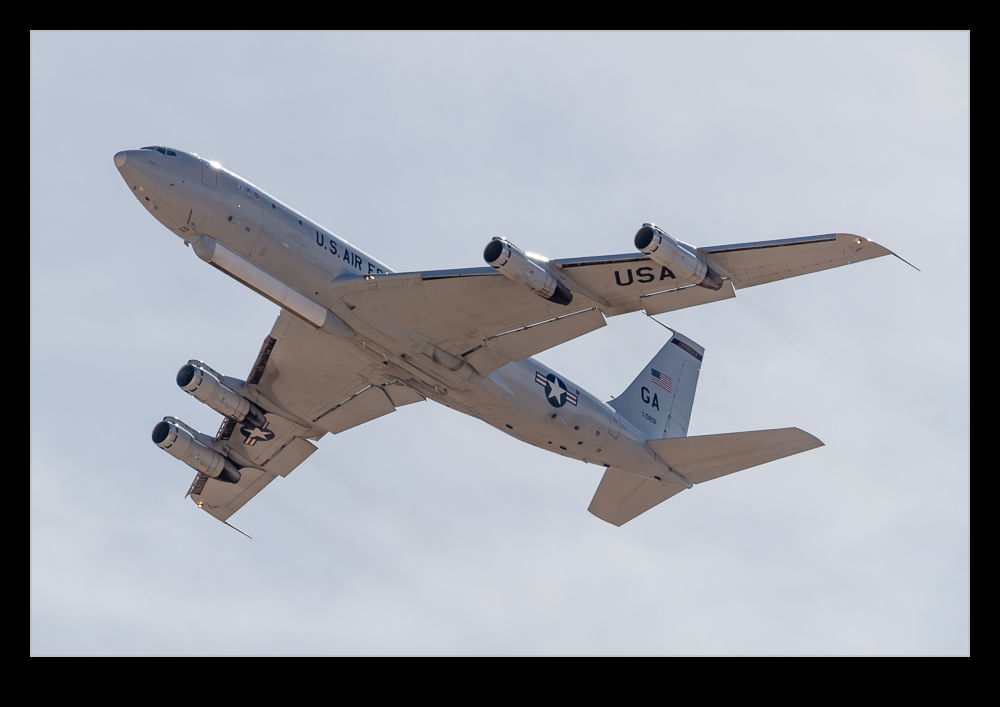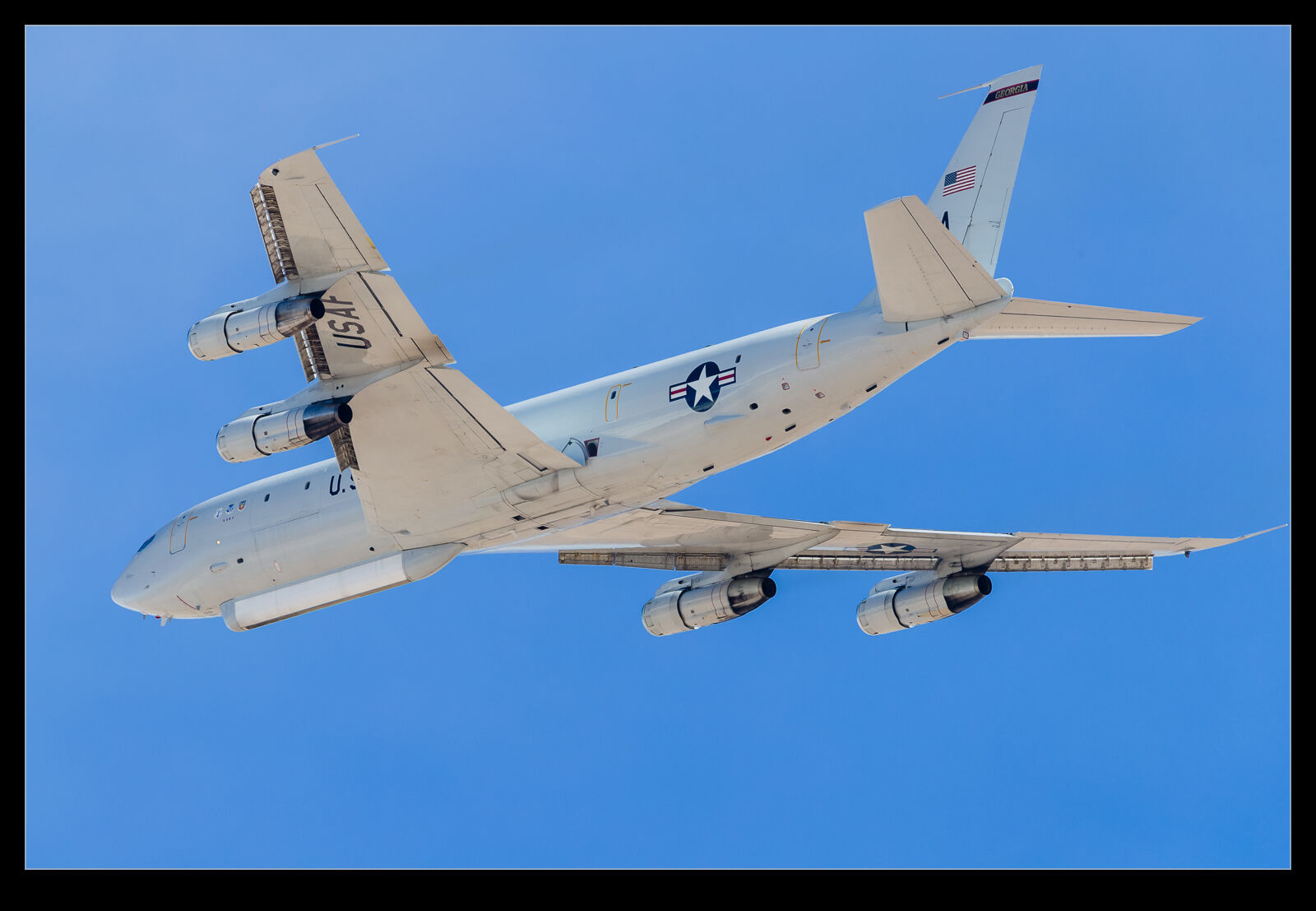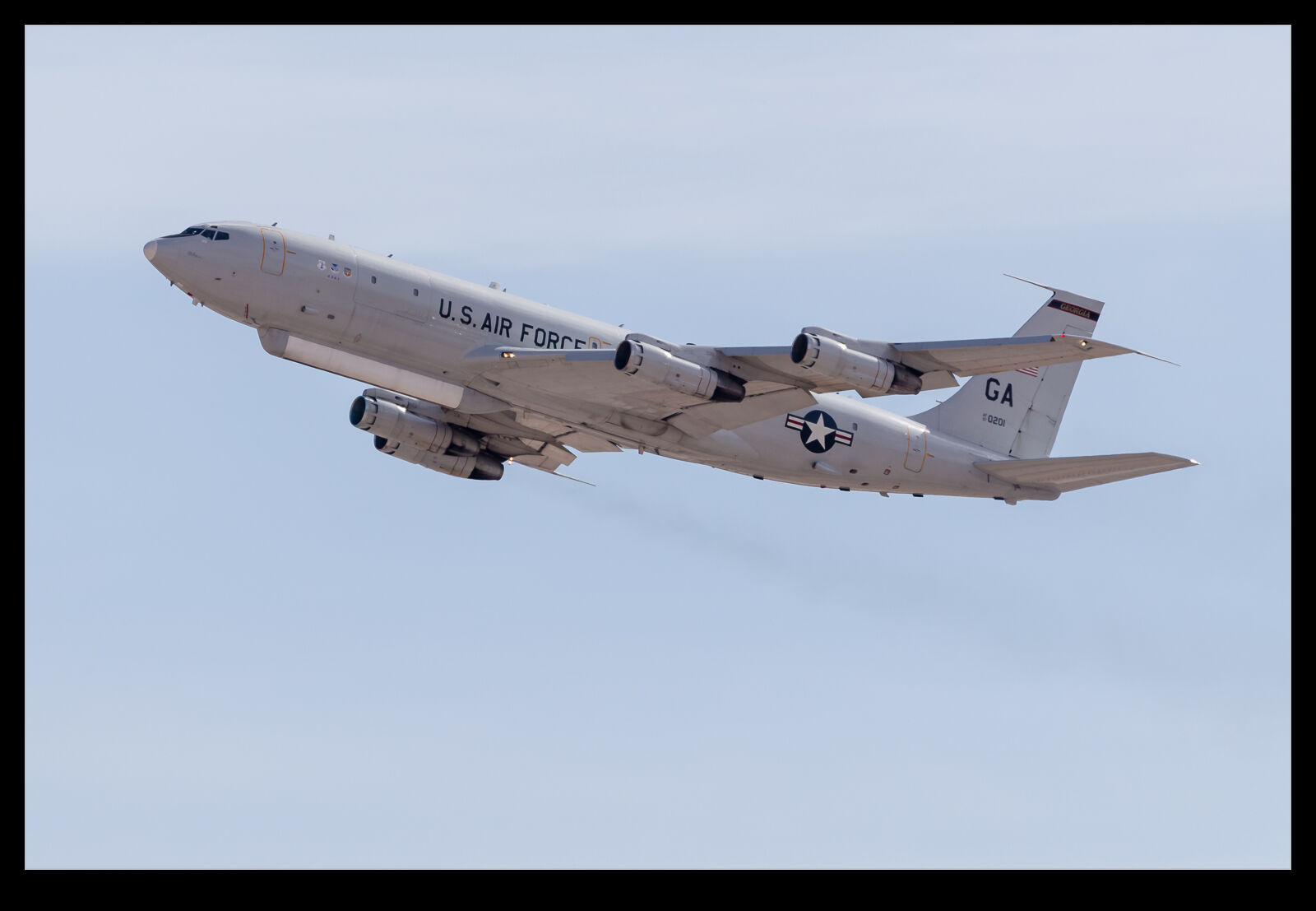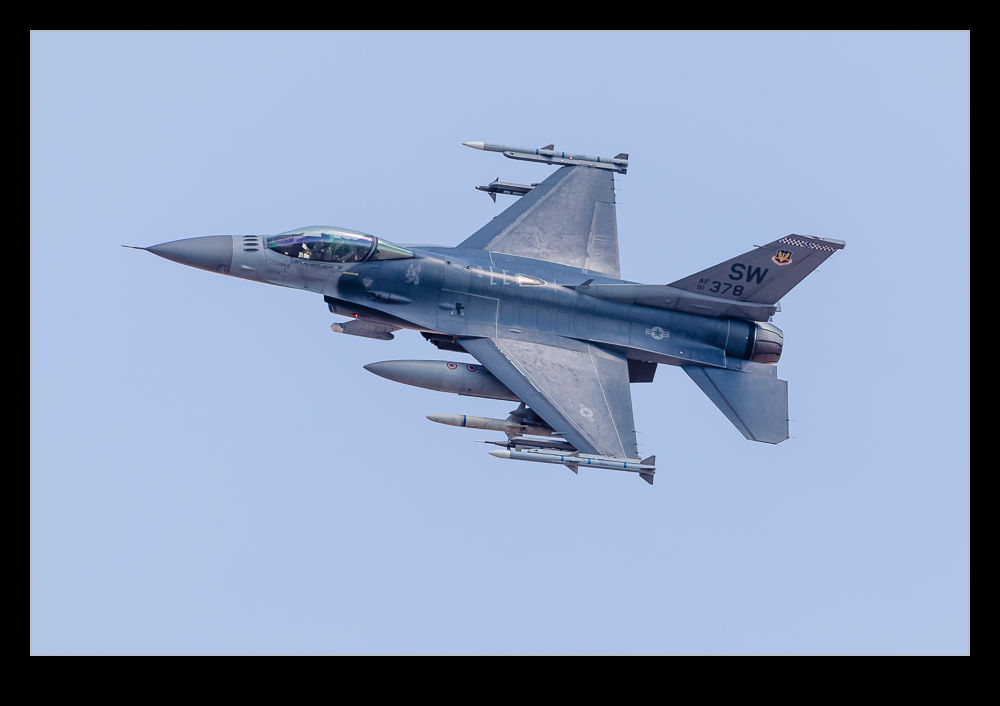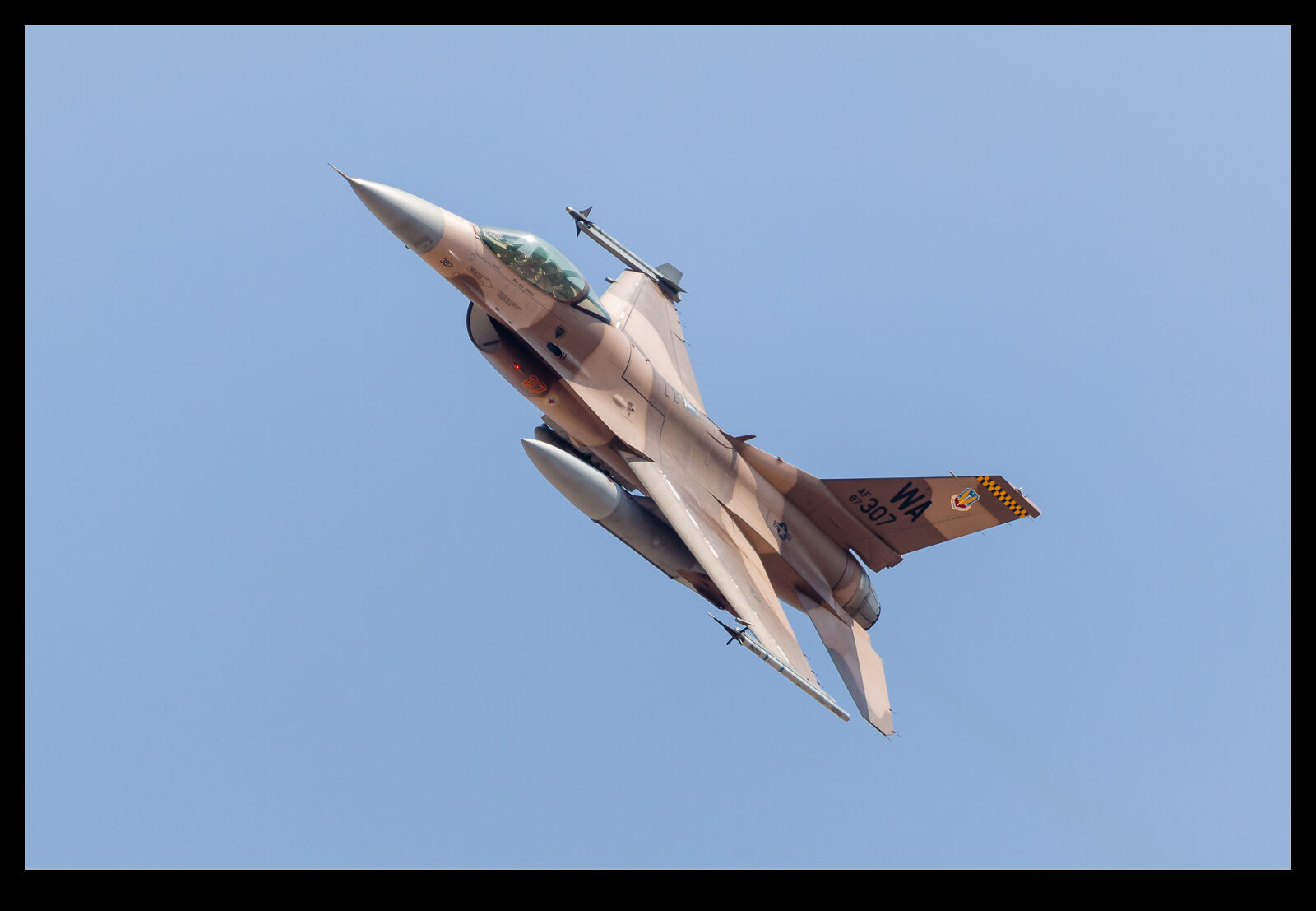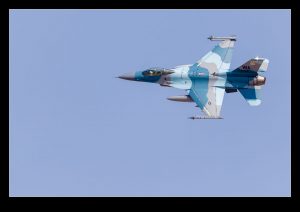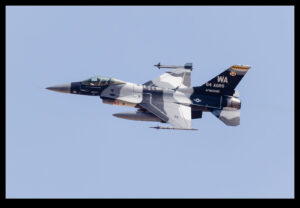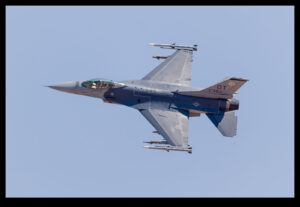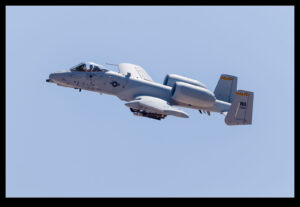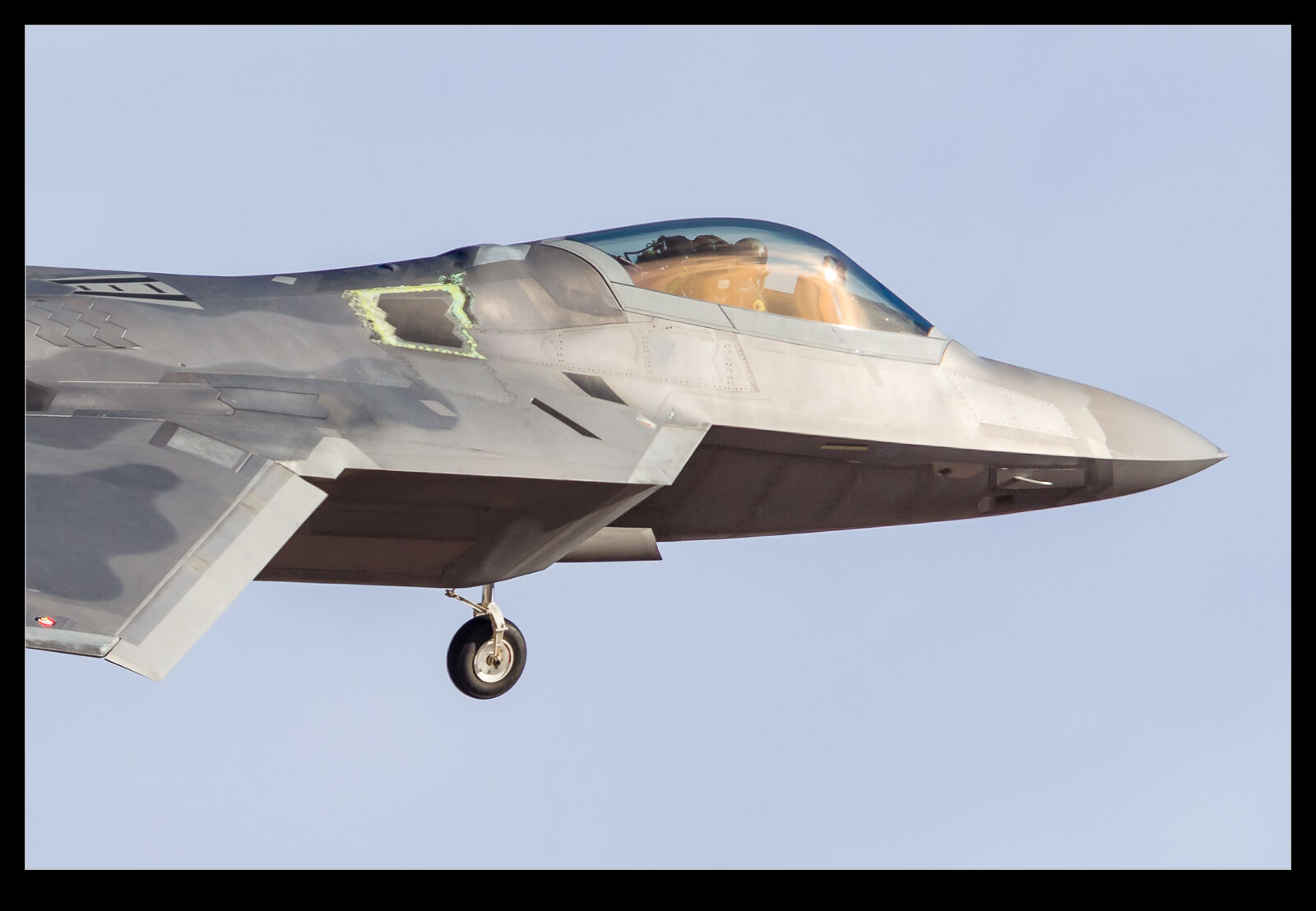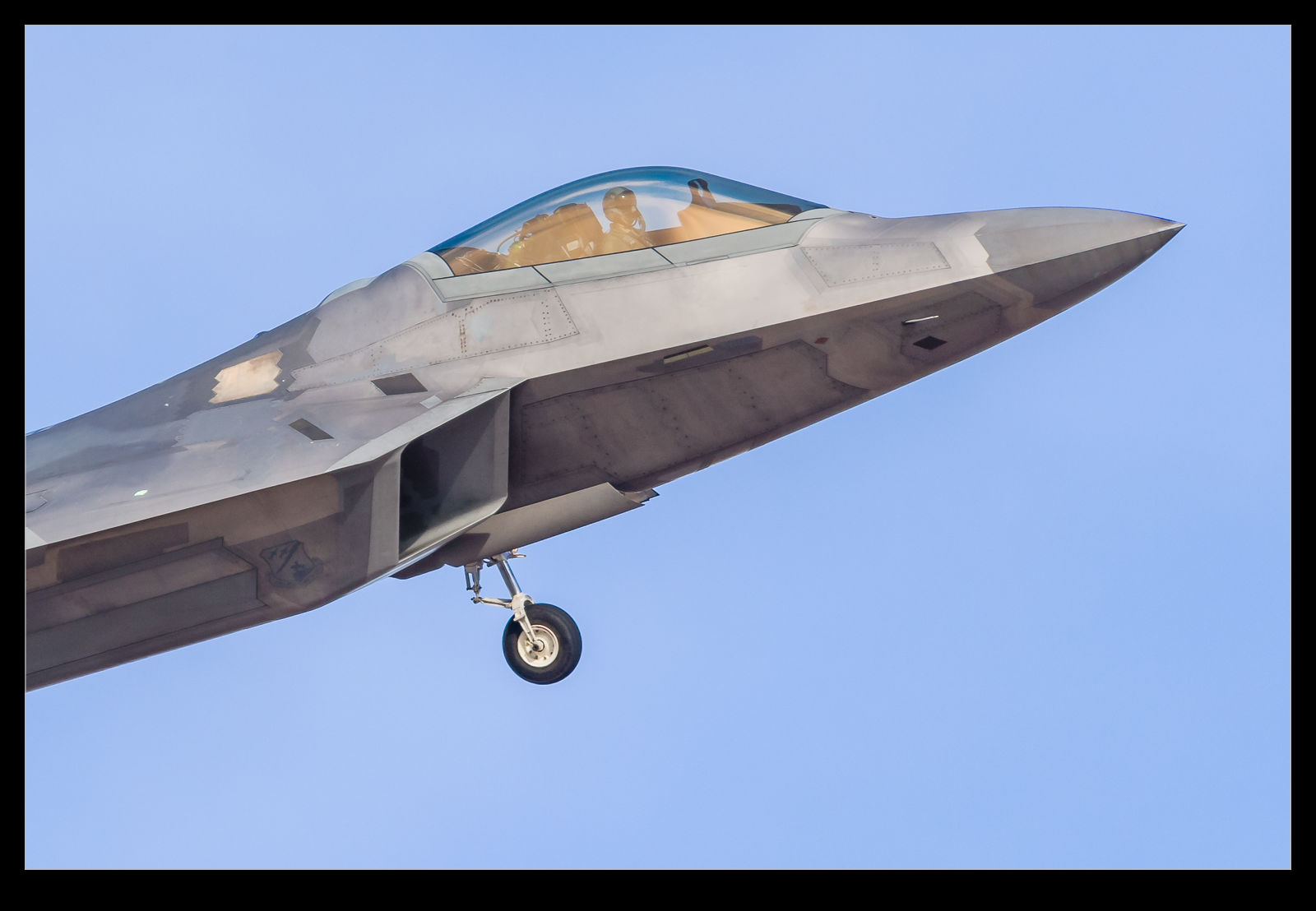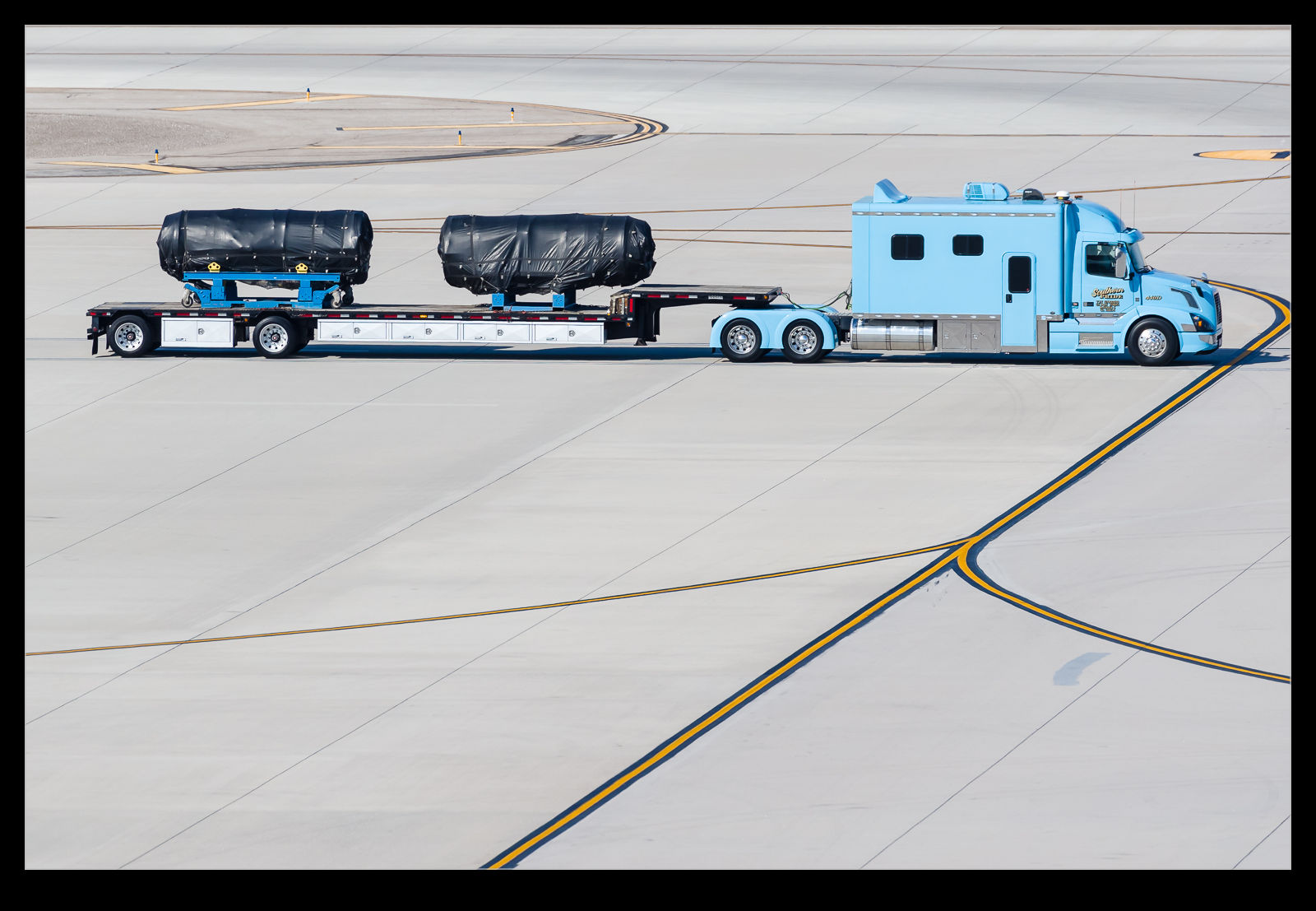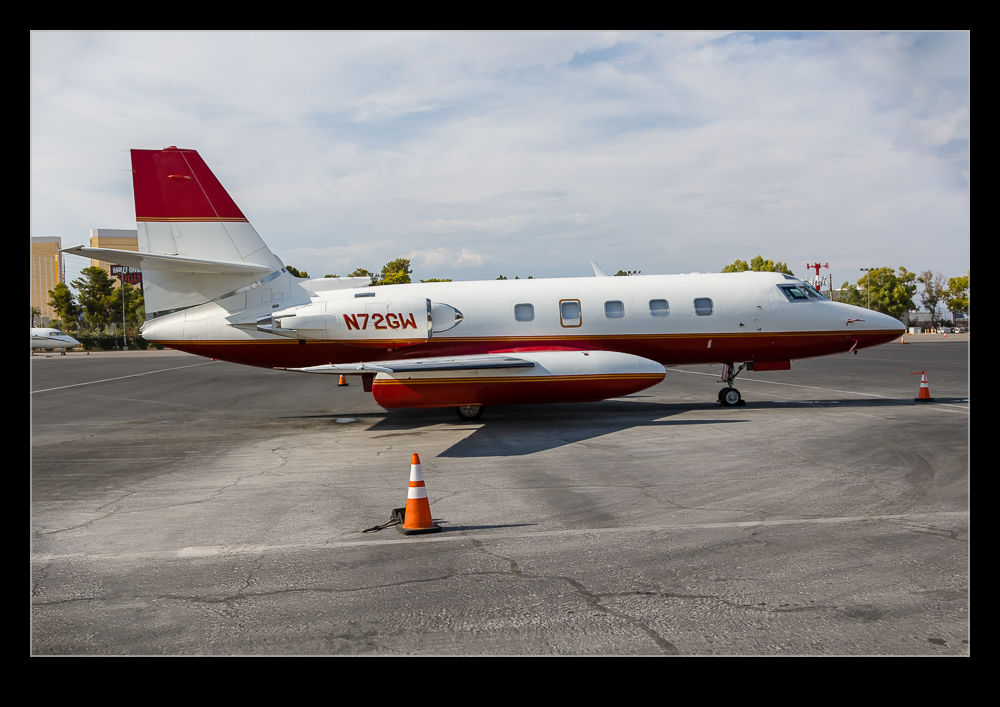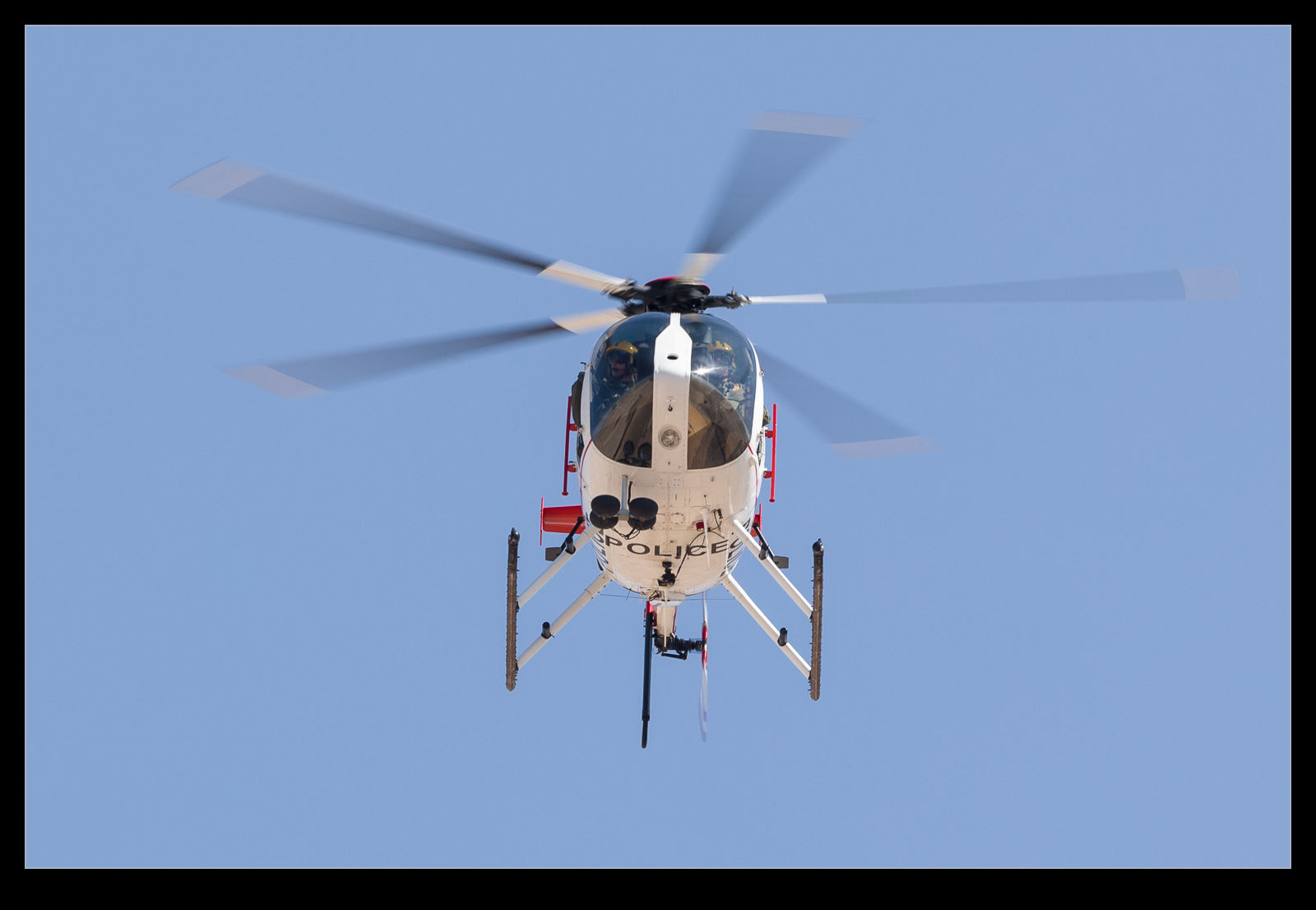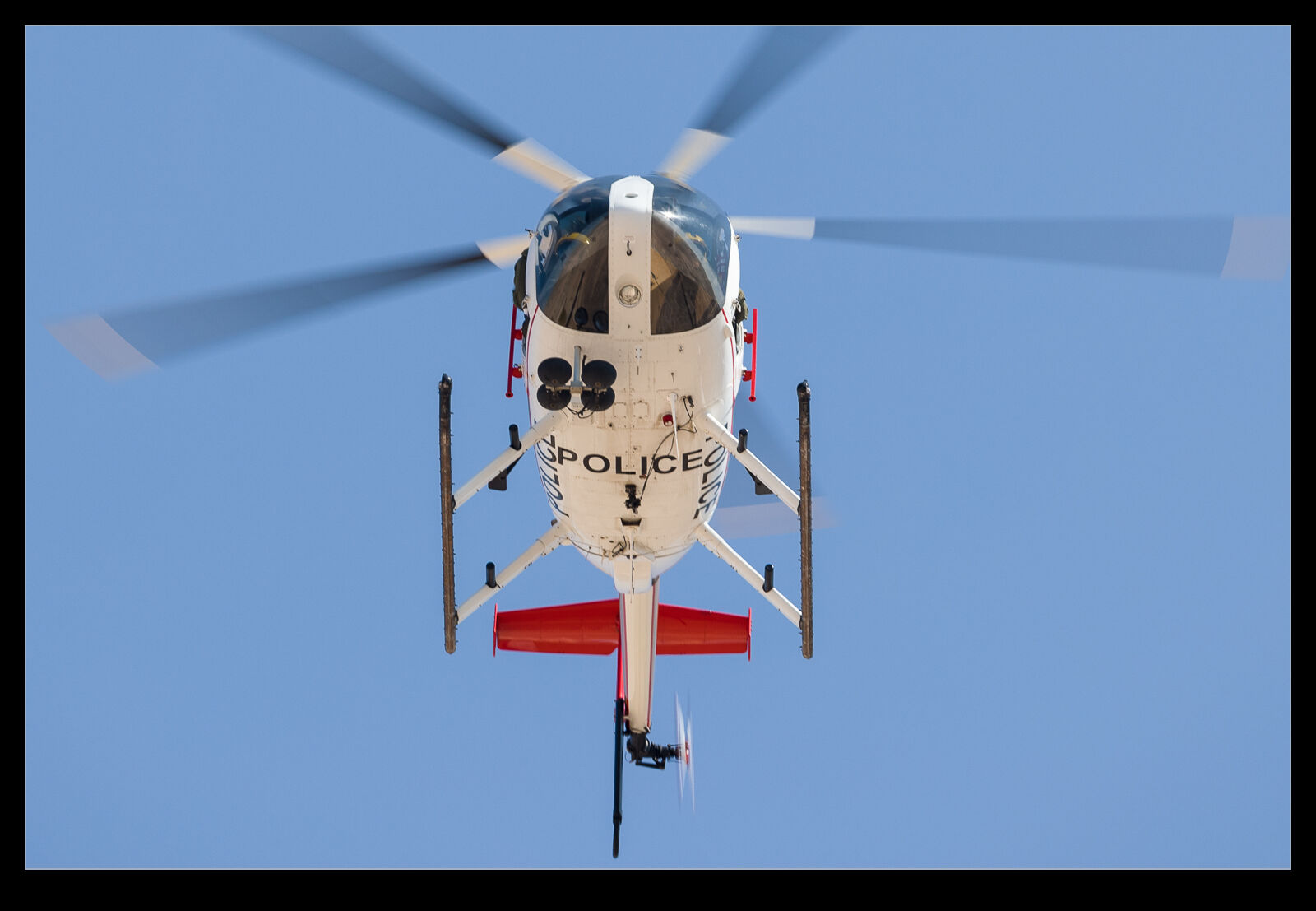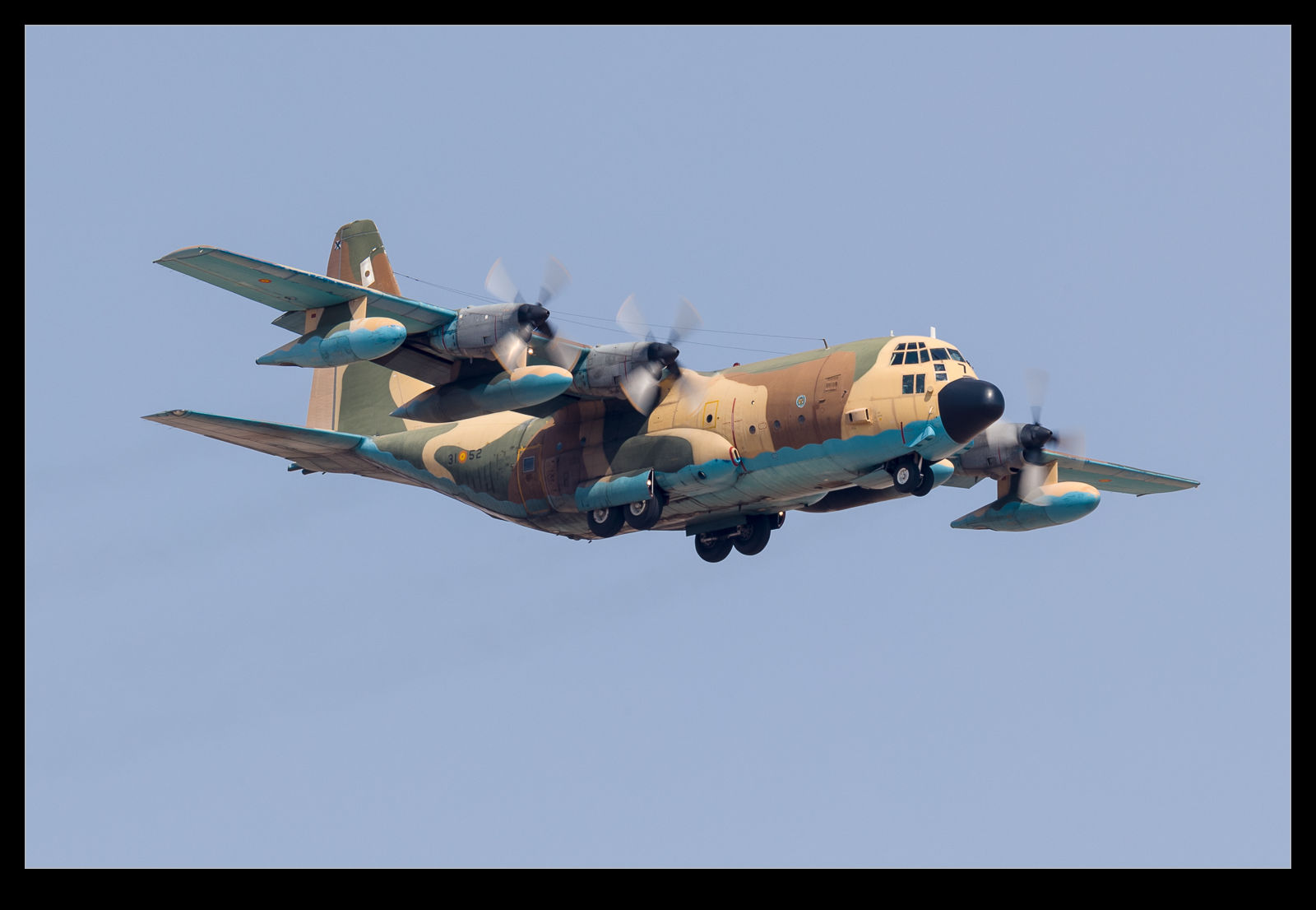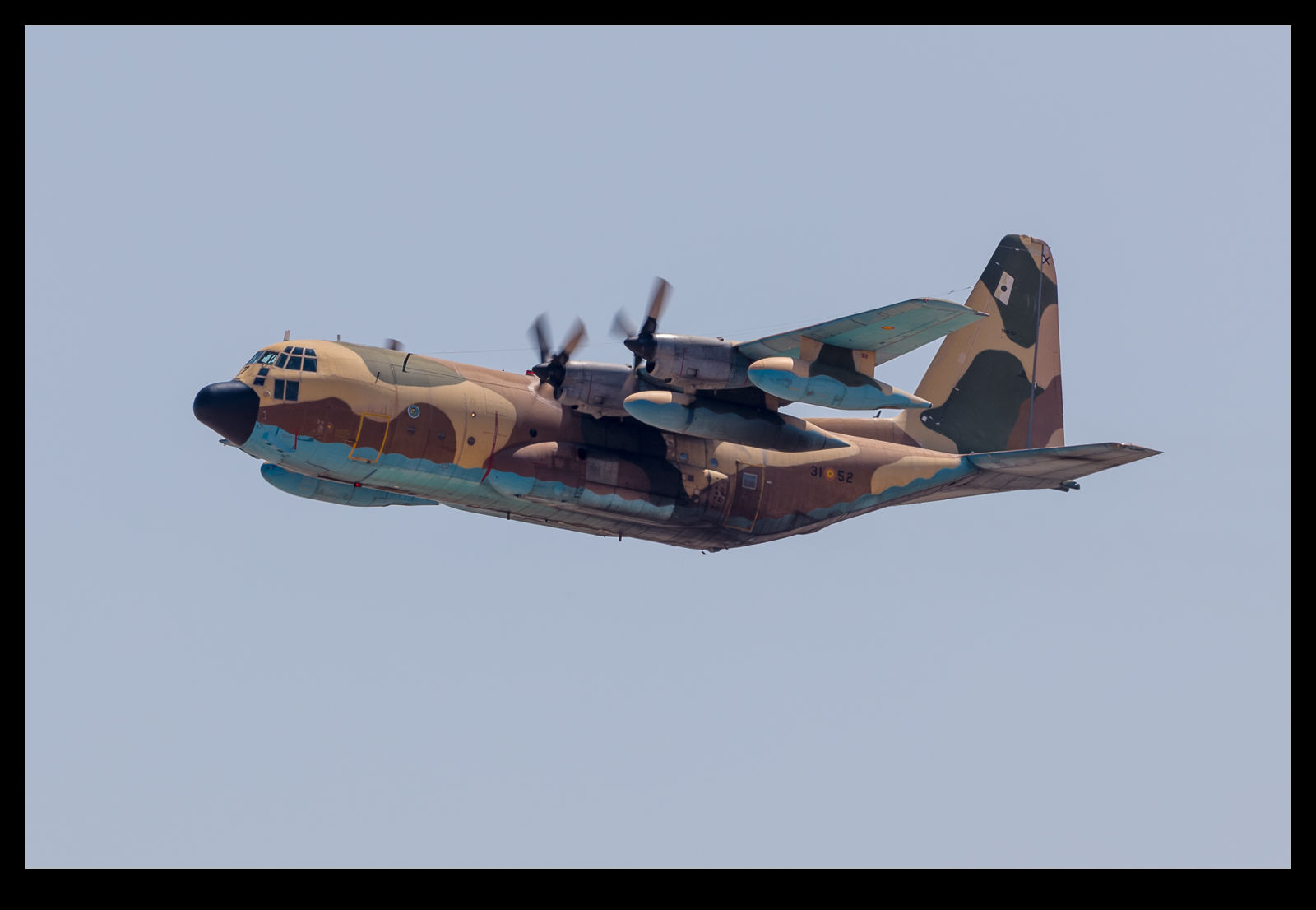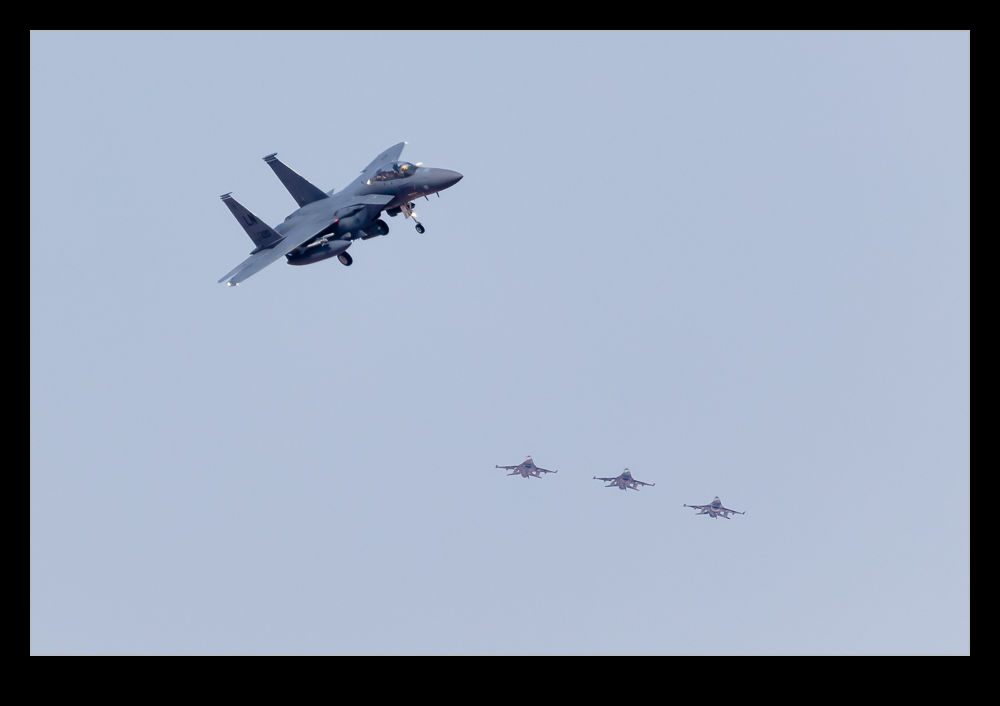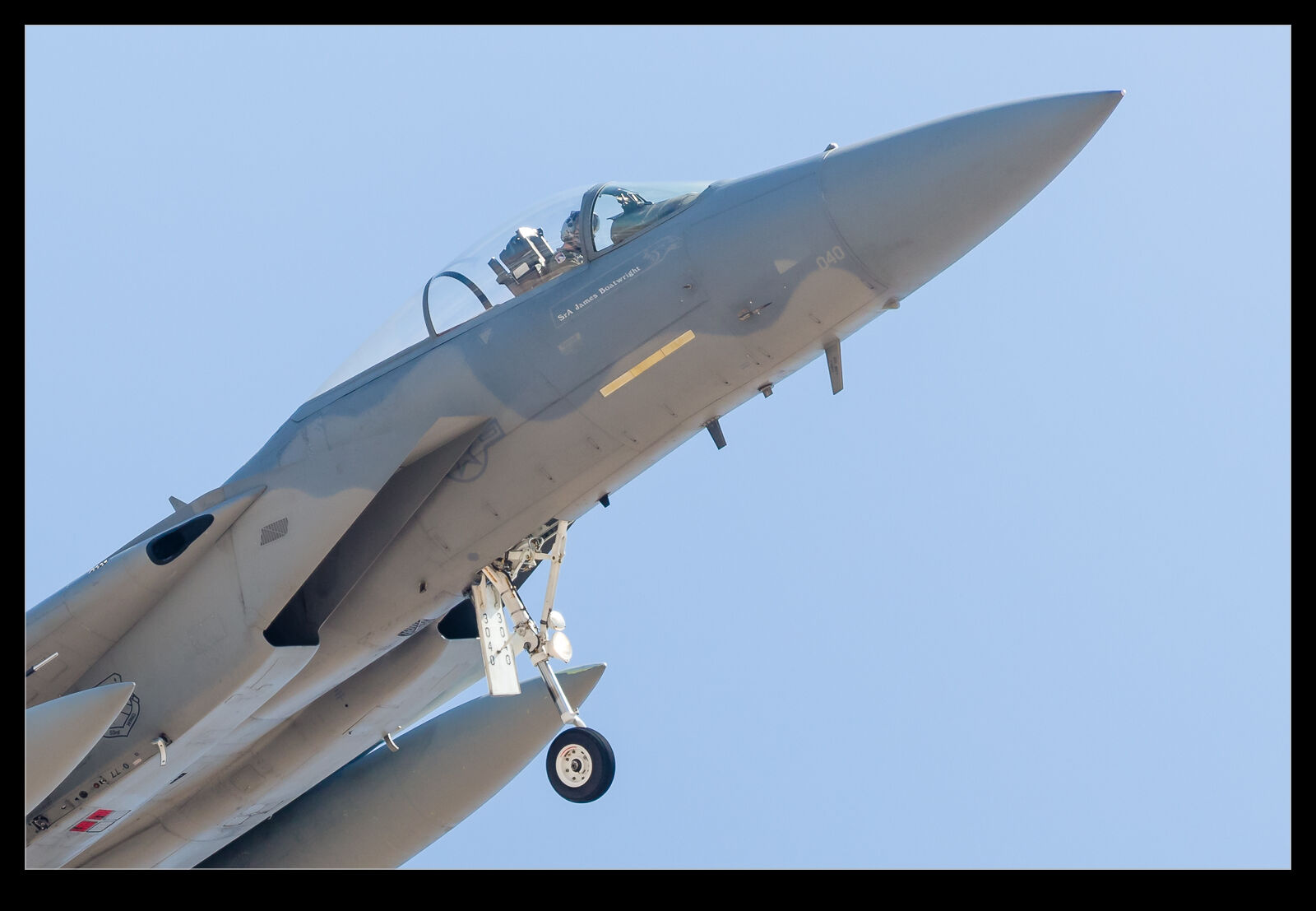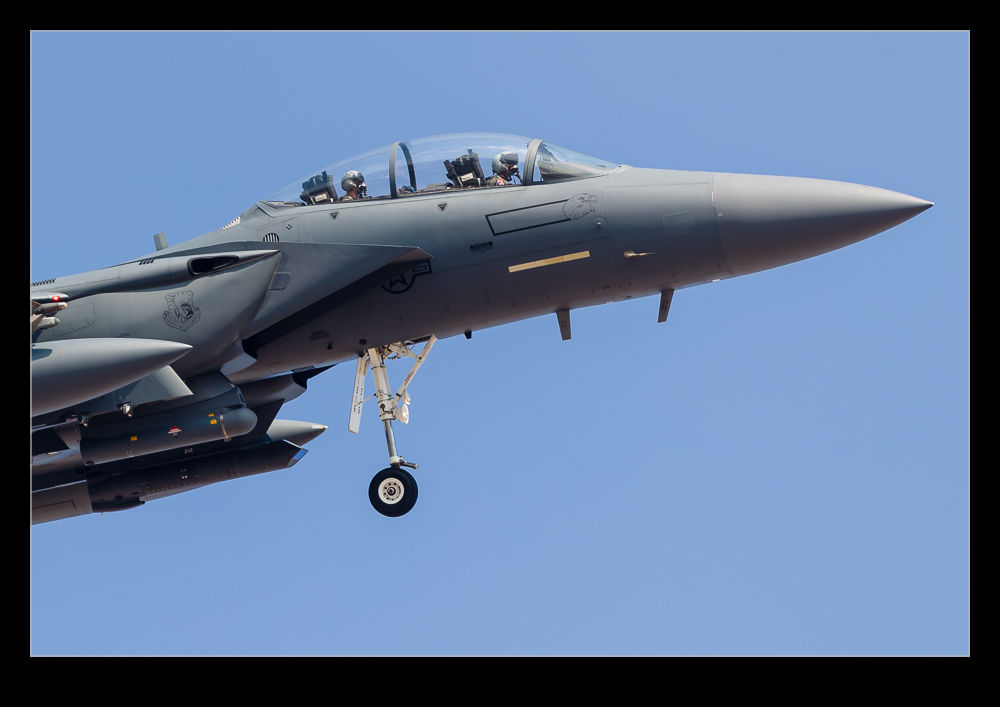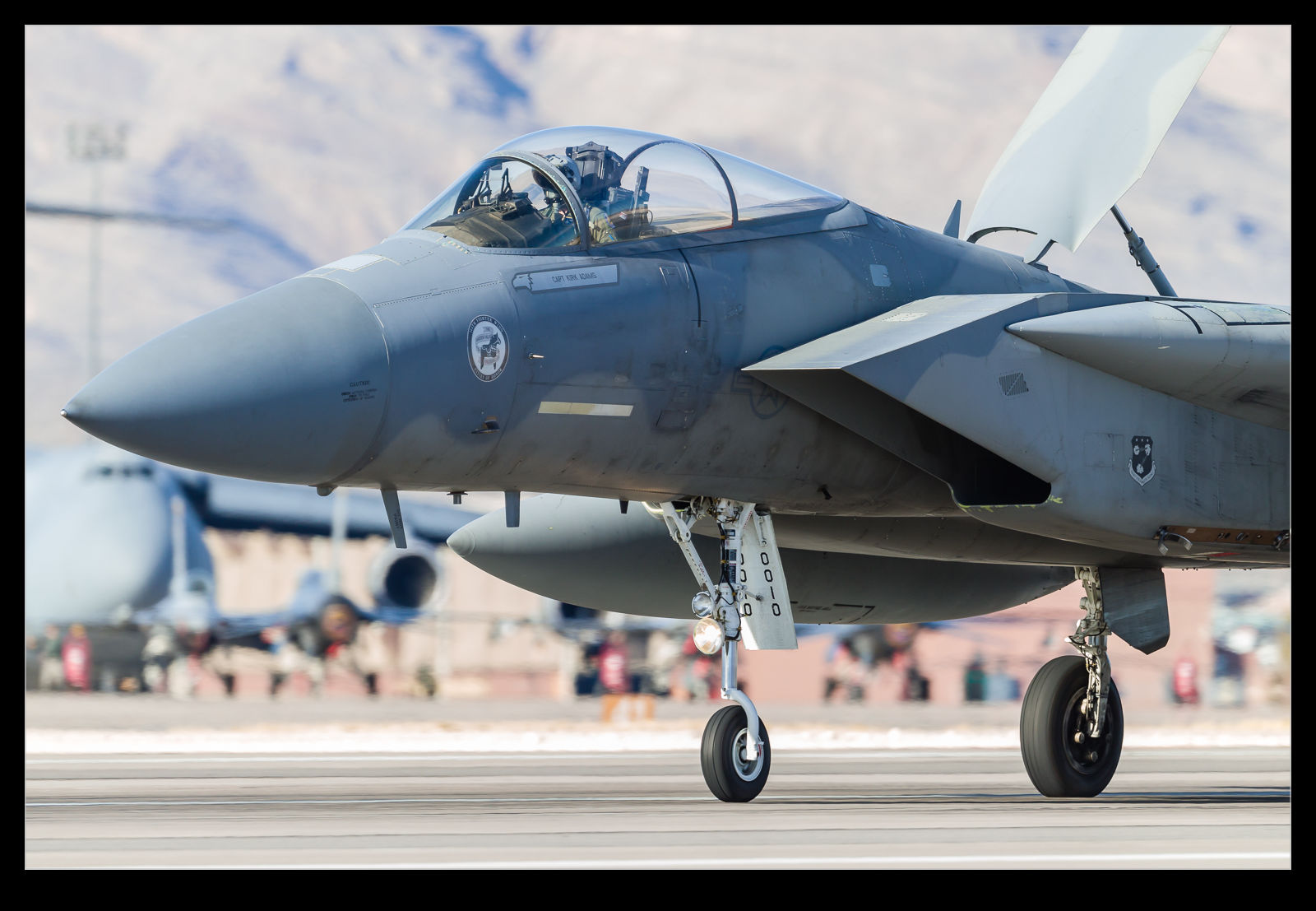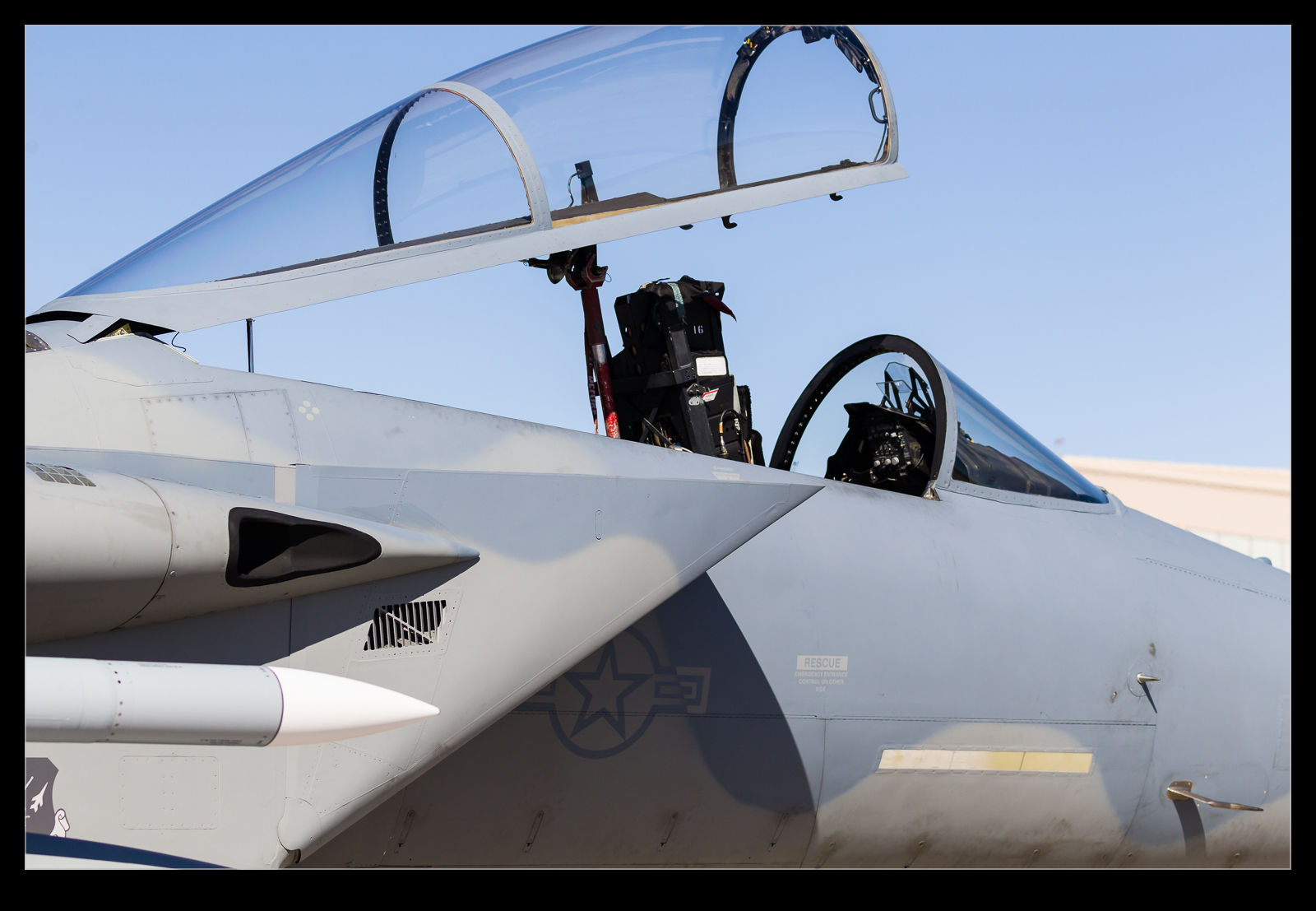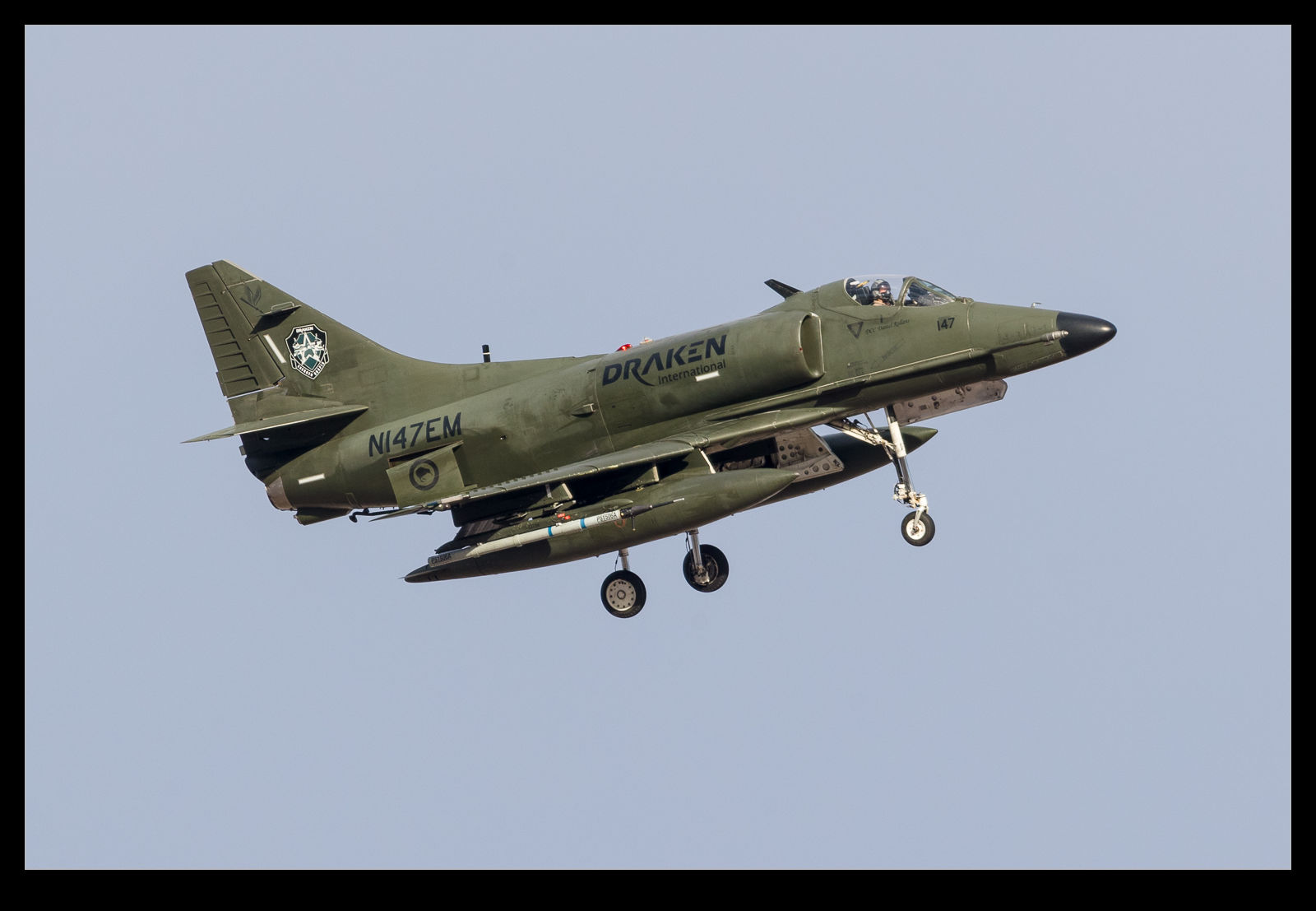 My previous effort at photographing the Draken A-4s at Red Flag had not gone well. I got shots of them but the conditions were far from ideal. I had hoped for better and been a bit frustrated. When I went back for Red Flag 17-1, the Draken team had become fully integrated into the aggressor program and were launching on all of the missions we saw. I was optimistic about getting some better shots. However, while the first day was a cracking day for us. One disappointment was that the A-4s went left and away from us on recovery.
My previous effort at photographing the Draken A-4s at Red Flag had not gone well. I got shots of them but the conditions were far from ideal. I had hoped for better and been a bit frustrated. When I went back for Red Flag 17-1, the Draken team had become fully integrated into the aggressor program and were launching on all of the missions we saw. I was optimistic about getting some better shots. However, while the first day was a cracking day for us. One disappointment was that the A-4s went left and away from us on recovery.
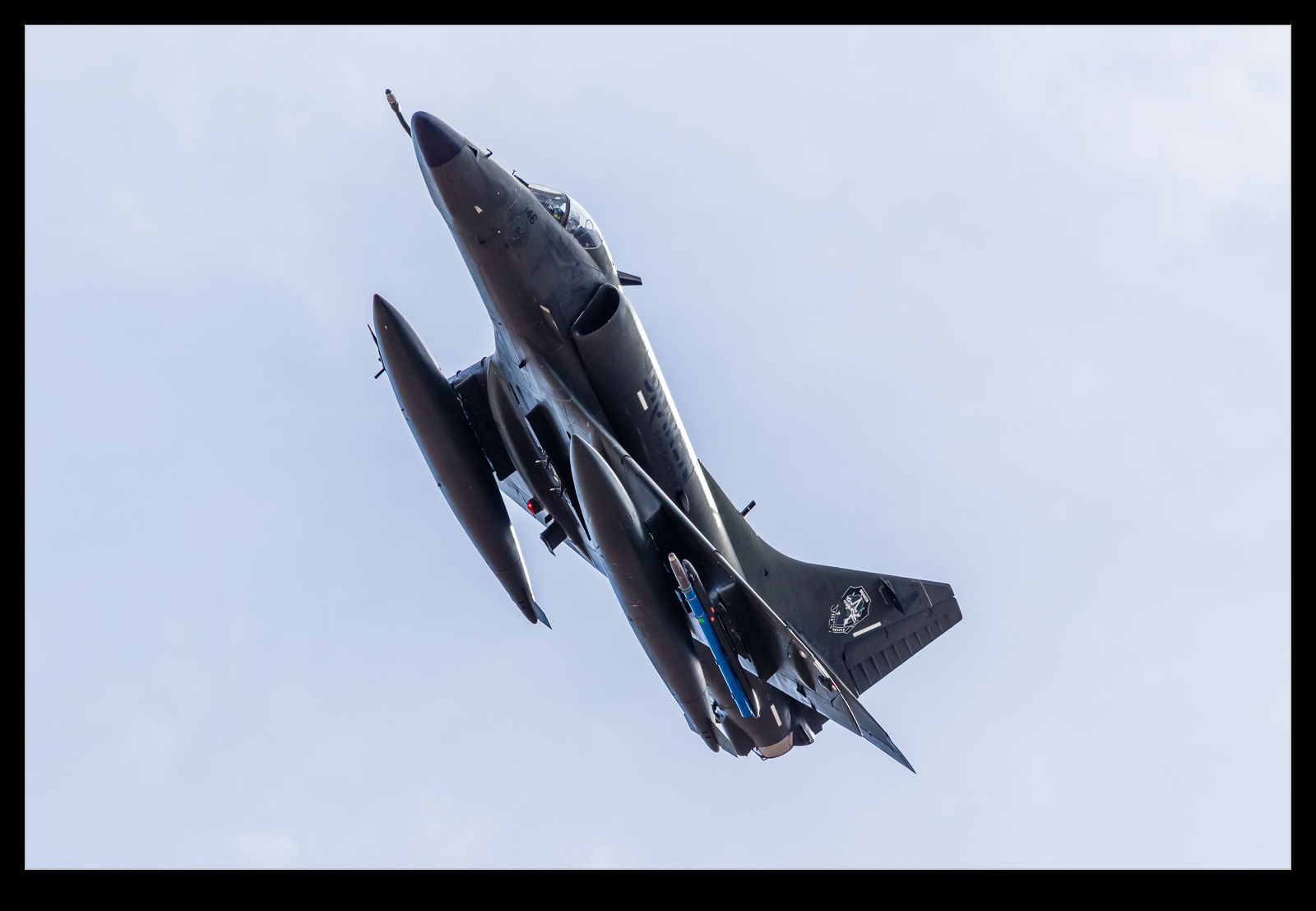 Launch was a bit better. I had some close encounters with the jets as they flexed towards us during the departures. However, launch does not give great light so, while the angles were good, the shots were t as good as I would have liked. Our second day did better on the recoveries though. Some of the A-4s came our way and we got some good angles on their turn to final approach. I was a happy boy. The light had finally been good and the angles were nice. Hurrah! The special jet or a two seater would have been even better but I am not complaining. I got both the Kiwi jets and the Israeli jets so it went well.
Launch was a bit better. I had some close encounters with the jets as they flexed towards us during the departures. However, launch does not give great light so, while the angles were good, the shots were t as good as I would have liked. Our second day did better on the recoveries though. Some of the A-4s came our way and we got some good angles on their turn to final approach. I was a happy boy. The light had finally been good and the angles were nice. Hurrah! The special jet or a two seater would have been even better but I am not complaining. I got both the Kiwi jets and the Israeli jets so it went well.
